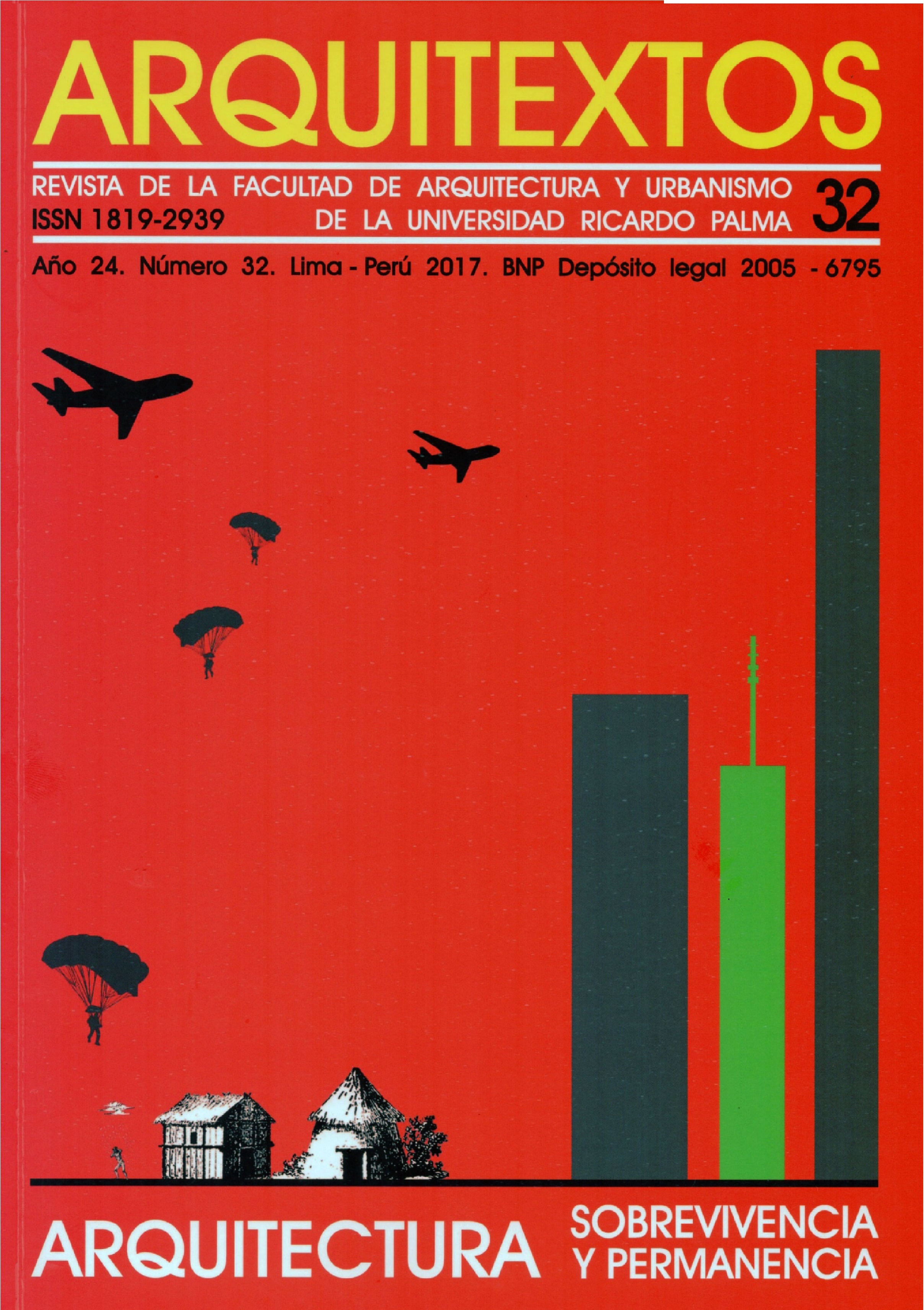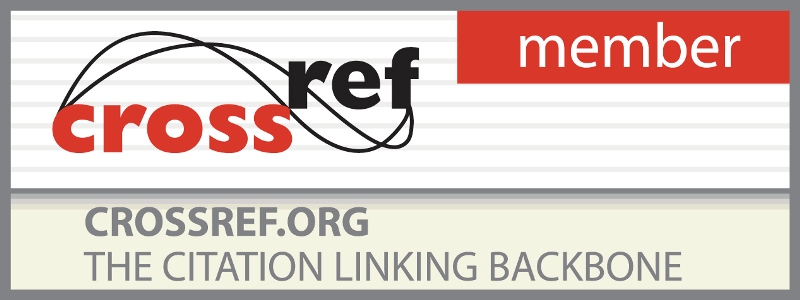The precariousness in the city of Lima
Keywords:
Lima, precariousness, disorder, informality, urban gro, urban growthAbstract
The precariousness, in the urban history of our city, has been linked to a great lack of resources that
lead its inhabitants to live in inadequate places and in contexts of poverty and disorder. Parallel to
this, it has prevailed in this history the desire and enormous effort to be inhabitants of a city that,
since the middle of the twentieth century, has grown vertiginously prevailed.
In Lima we can identify two types of city: the urban and the urban-cone. The first corresponds to the oldest
districts, located in the central part, whose land has been appropriated over the years by real estate and
financial investments. The “other city” is that built on the edges of the rivers, the skirts of the hills and
the sands, where land traffickers have taken advantage of the needs of the people. That has given rise to
an enormous amount of human settlements, which with the time were consolidating themselves. The
first neighborhoods and districts, ideally, currently have an infrastructure with green areas, with a zoning
where it has been possible to plan, badly enough, different activities such as housing, commerce, education and services that can offer a minimum quality of life to the citizen. In contrast, in other districts of the
capital of Peru the gaps remain dramatic.
Finally, in our city, we all live some kind of precariousness. In general there is a feeling of insecurity,
disorder, informality, day-to-day anguish, the absence of public areas and of everything that allows
one to live fully in harmony with the city








